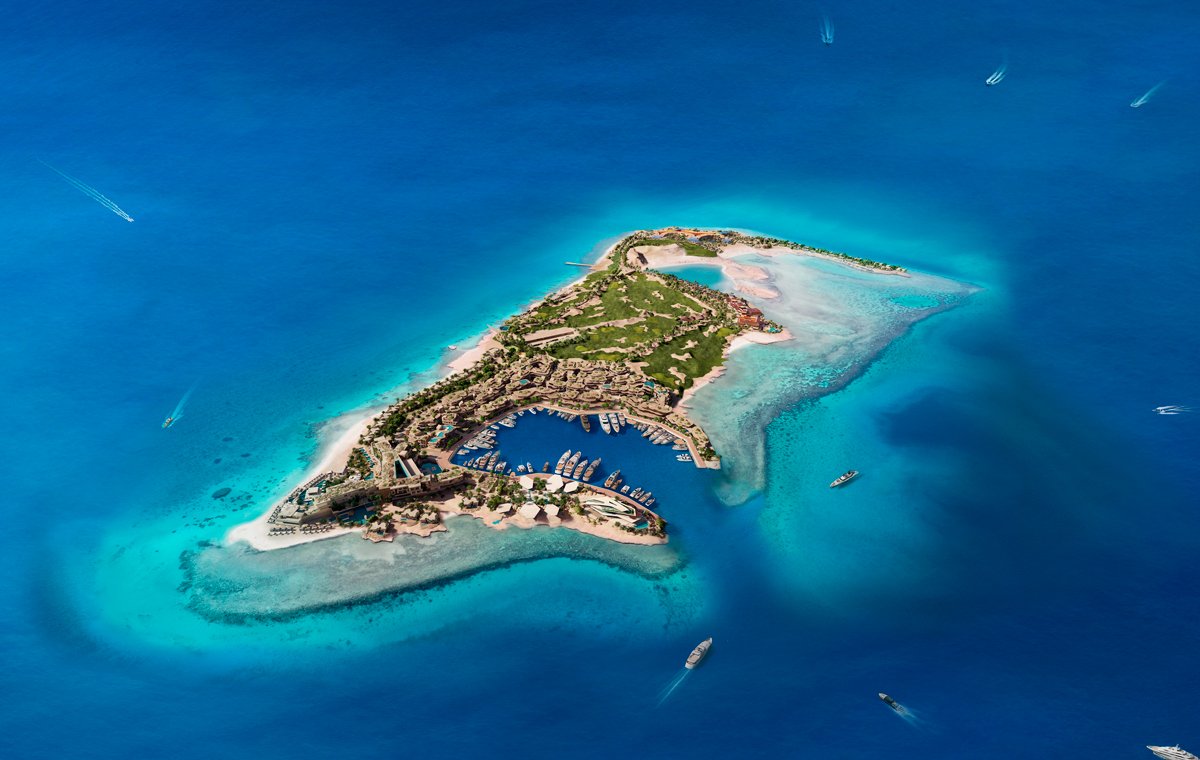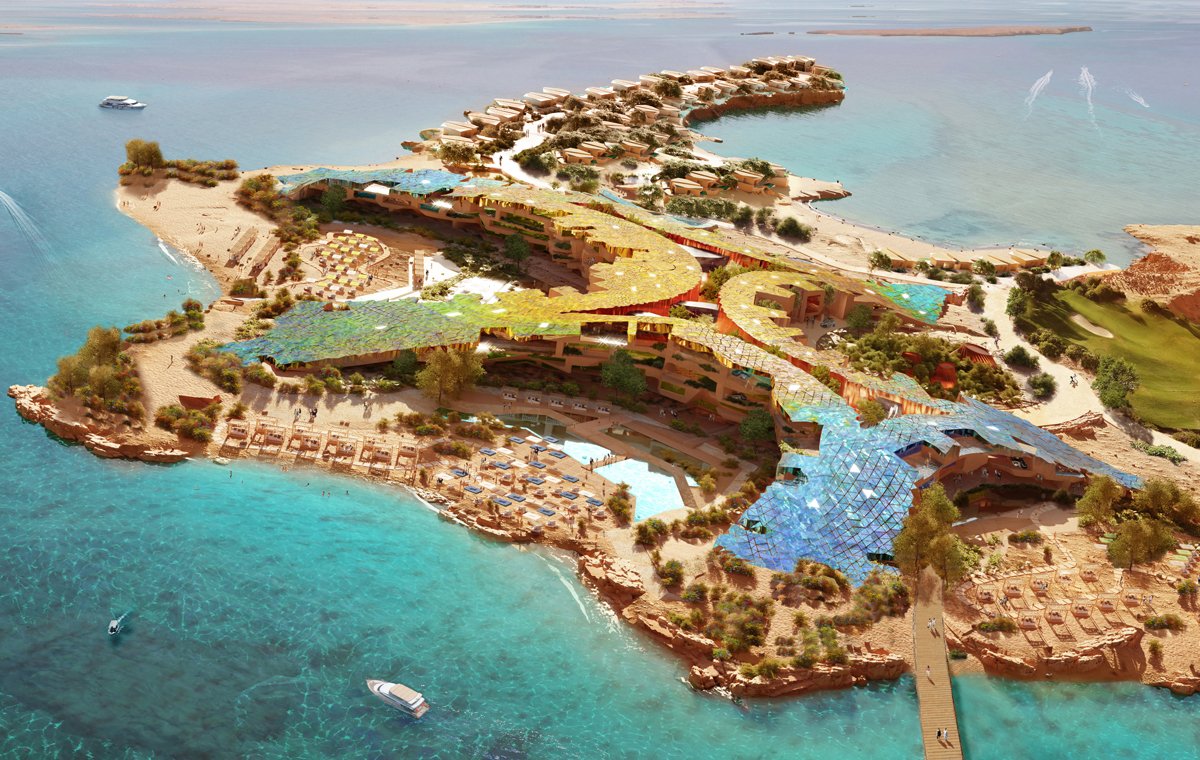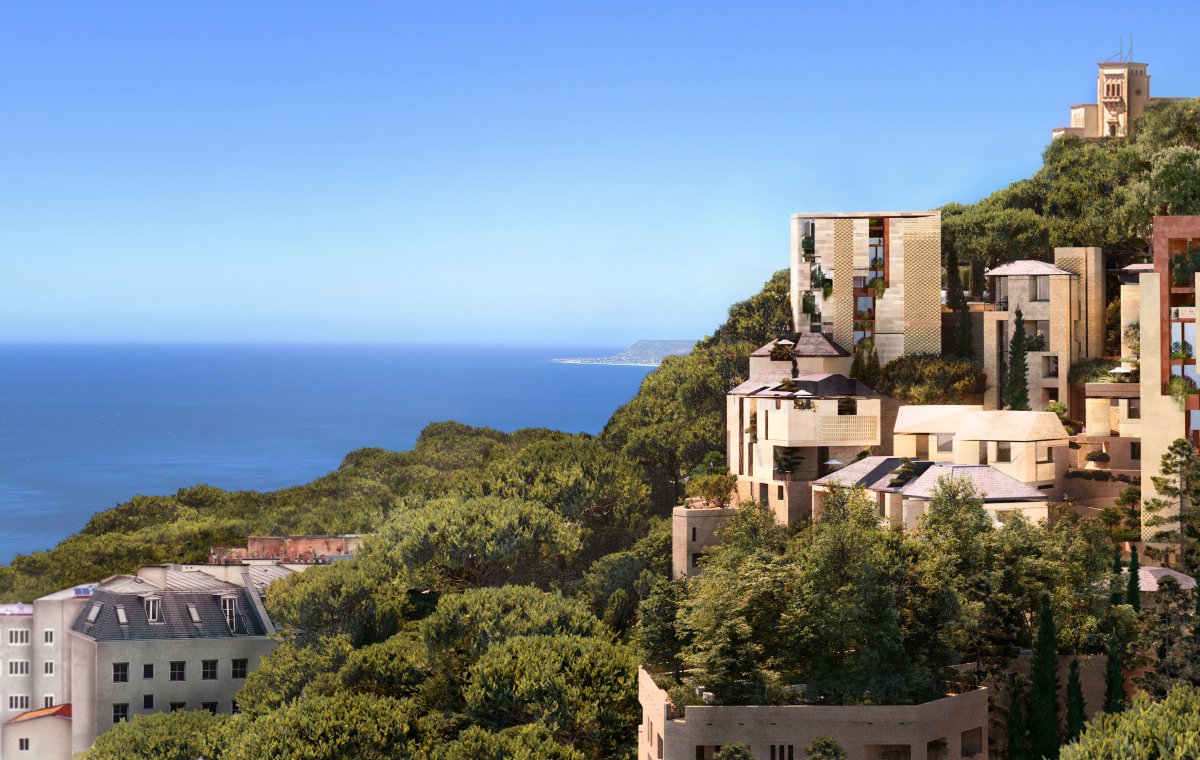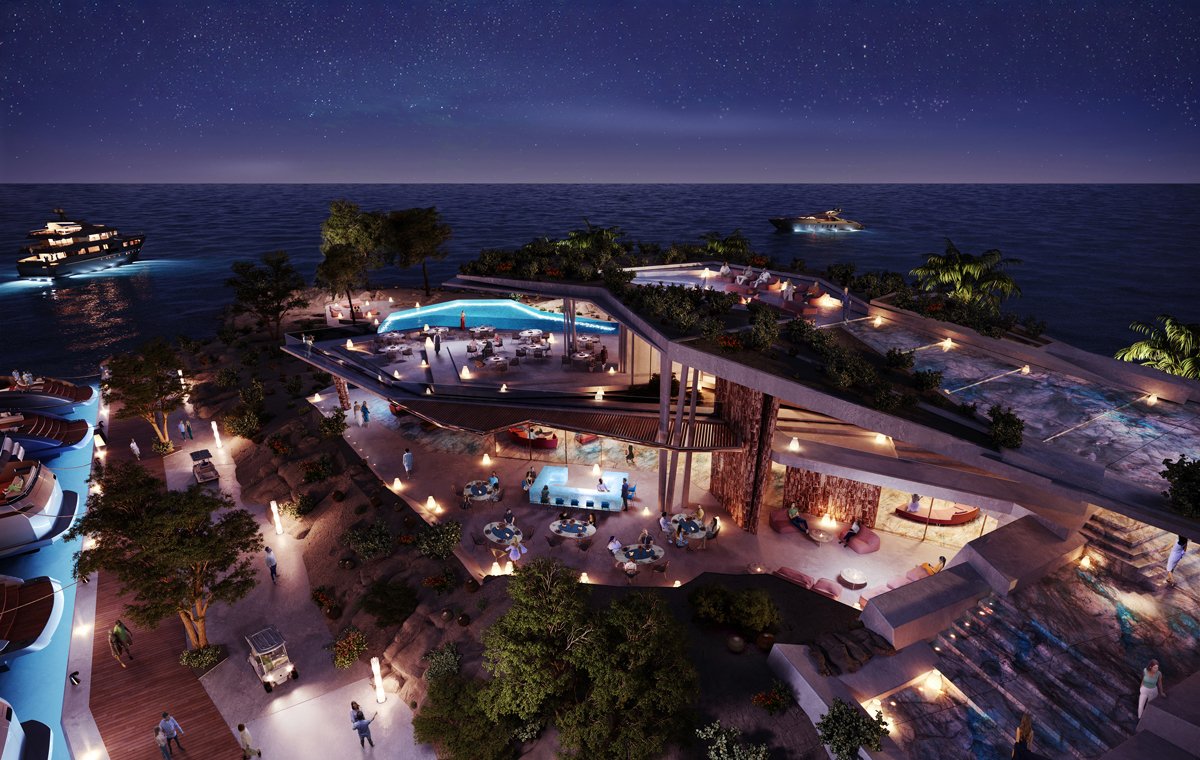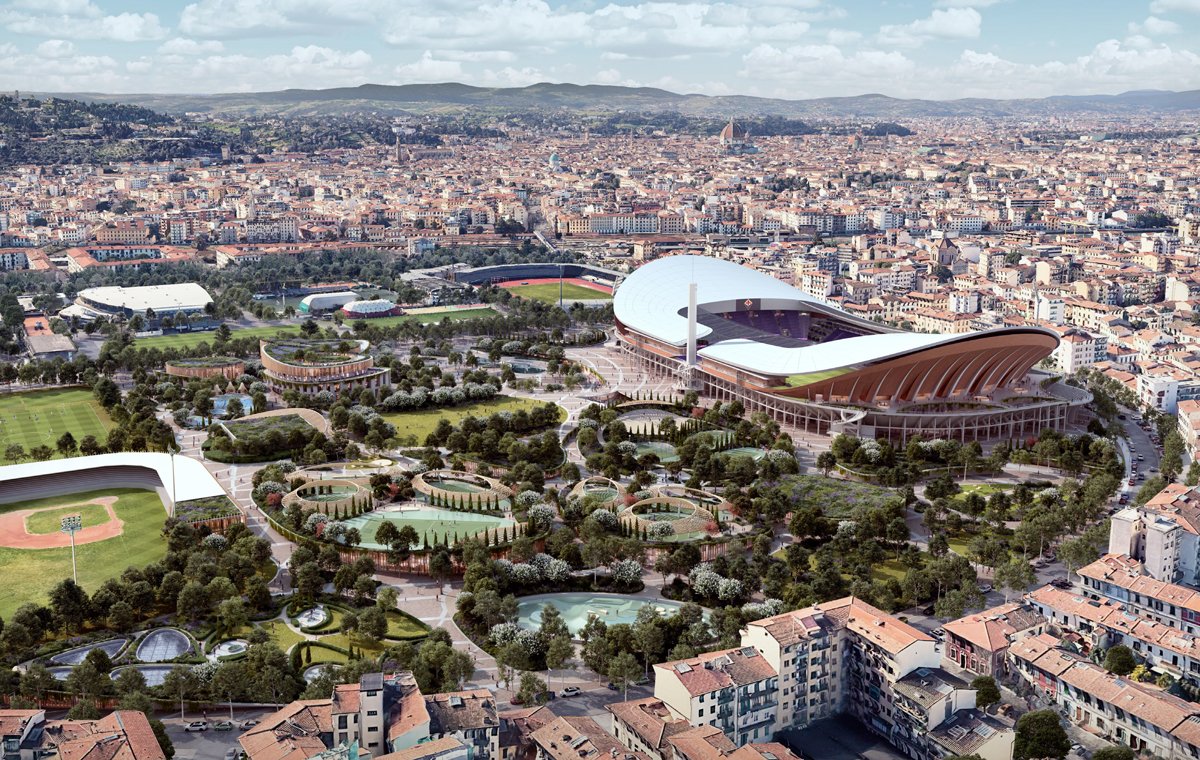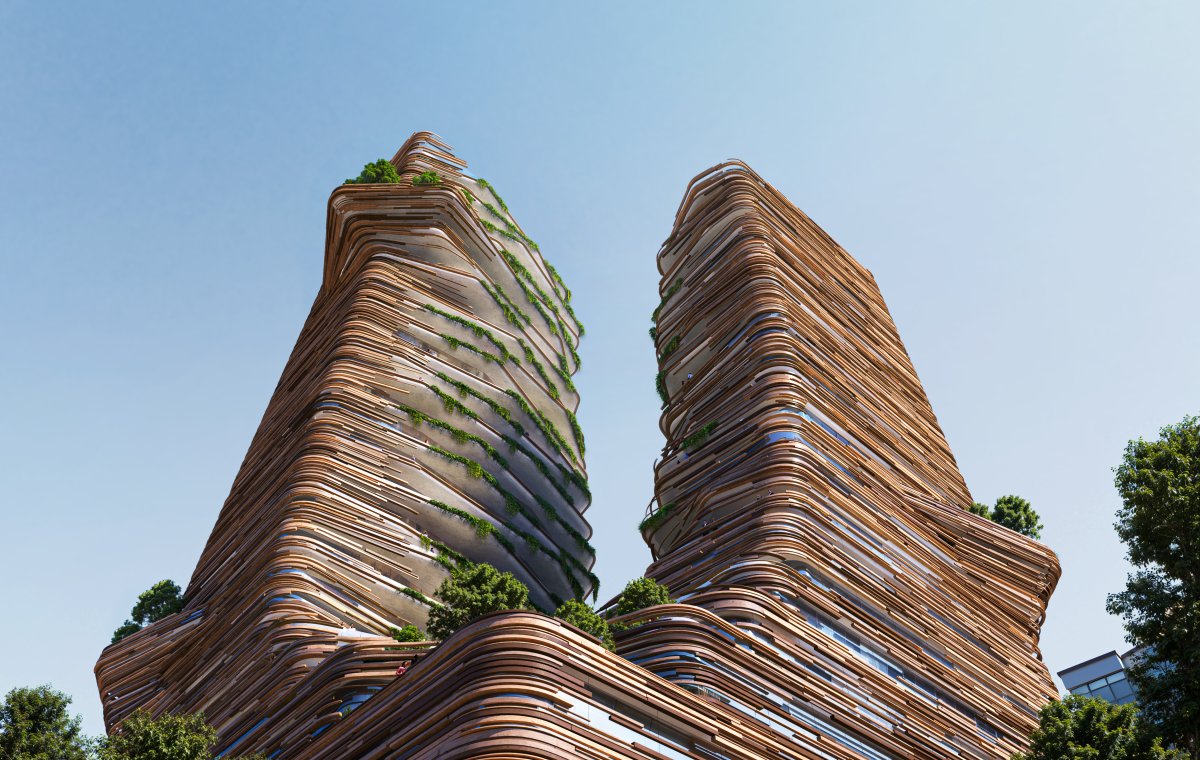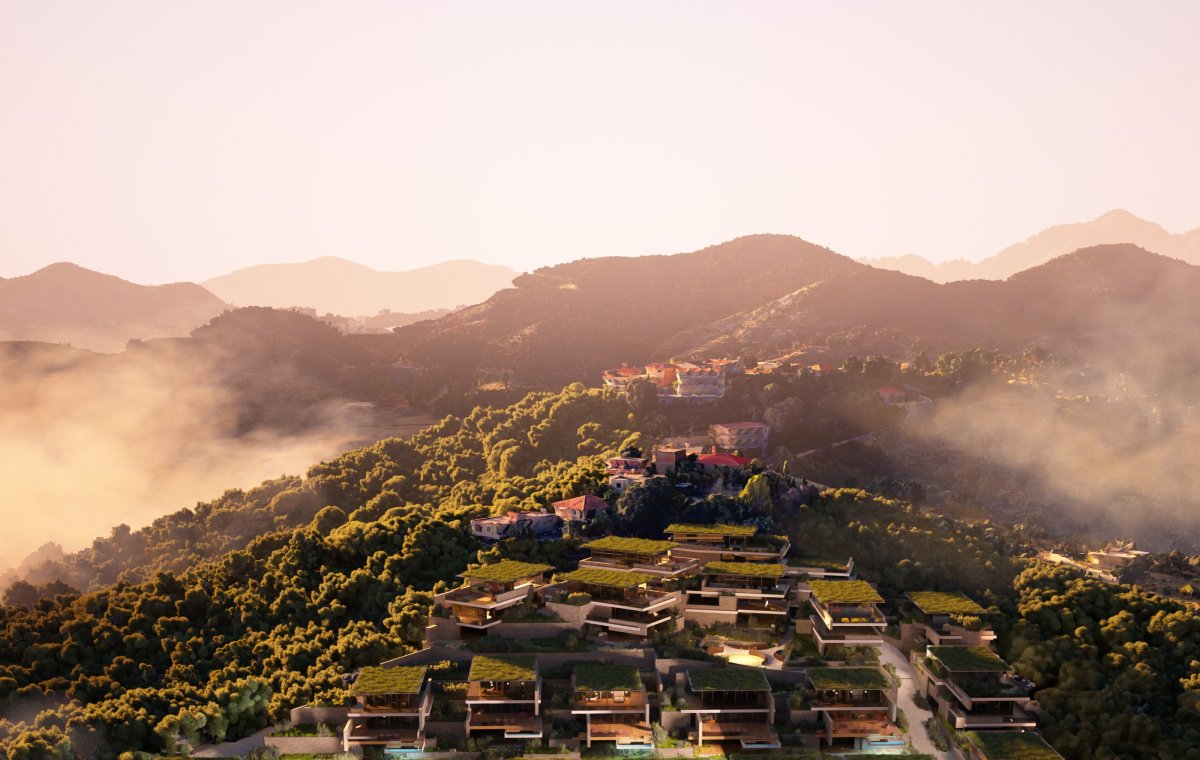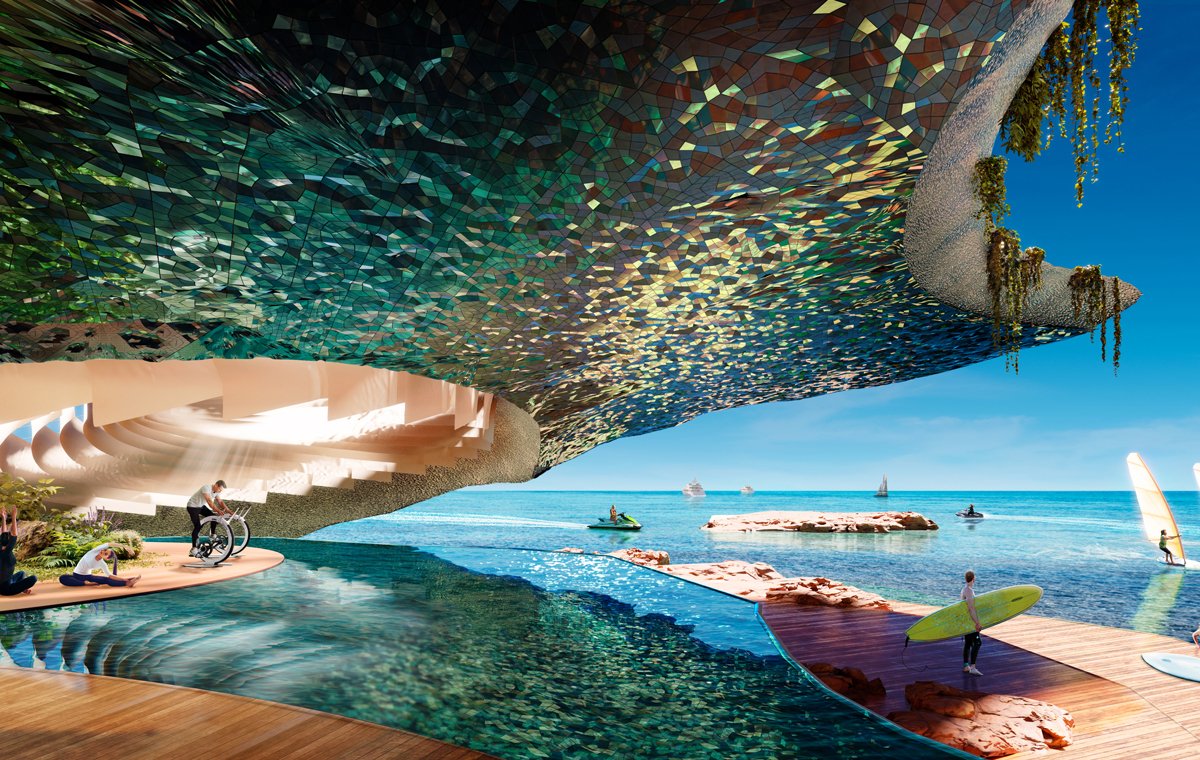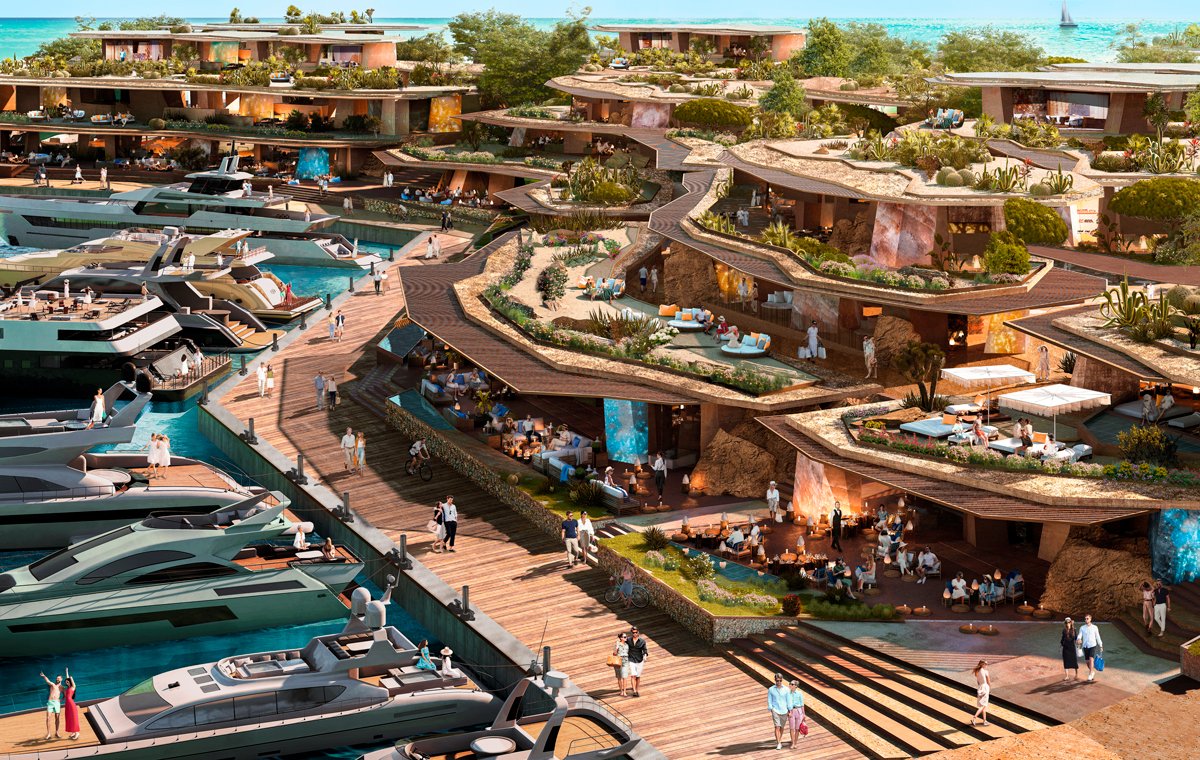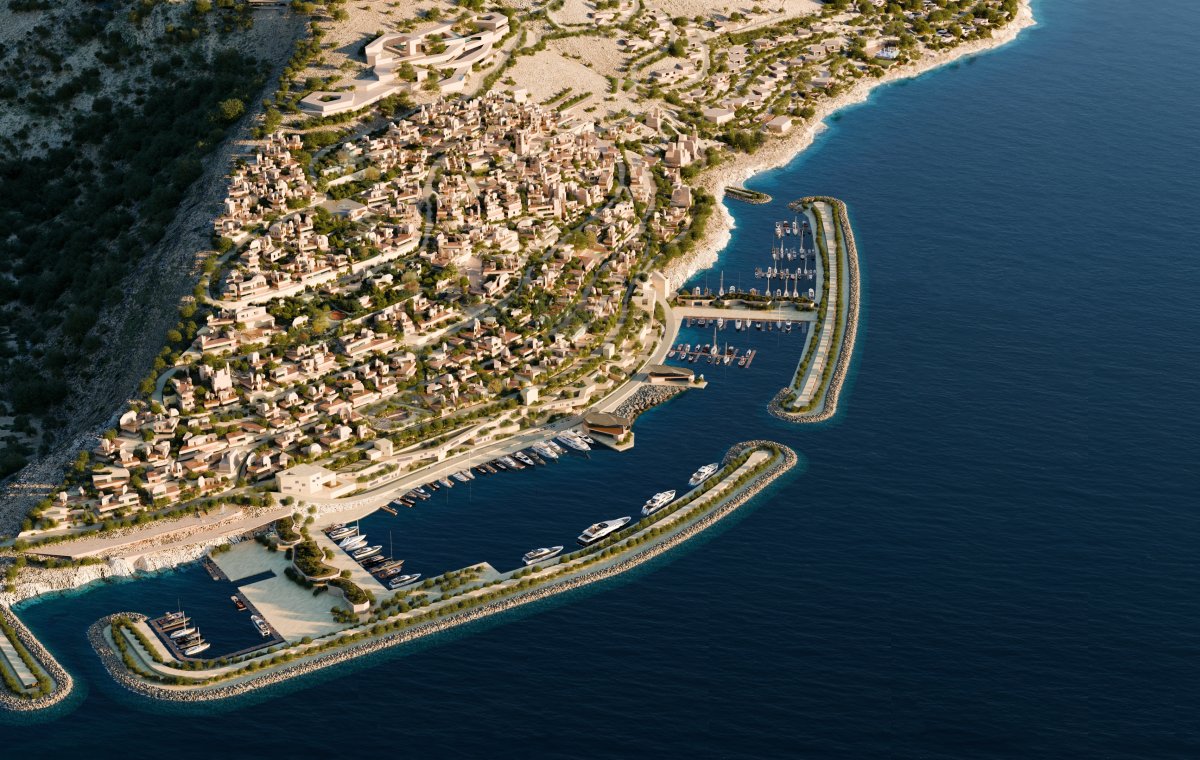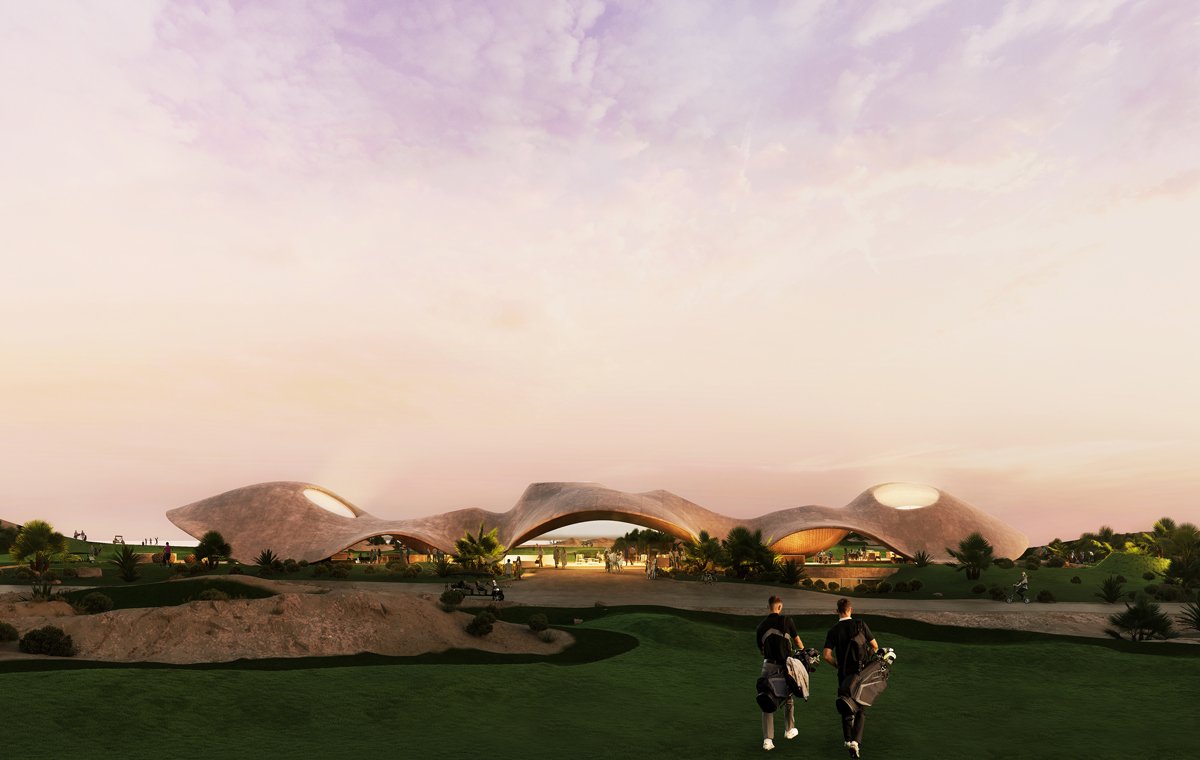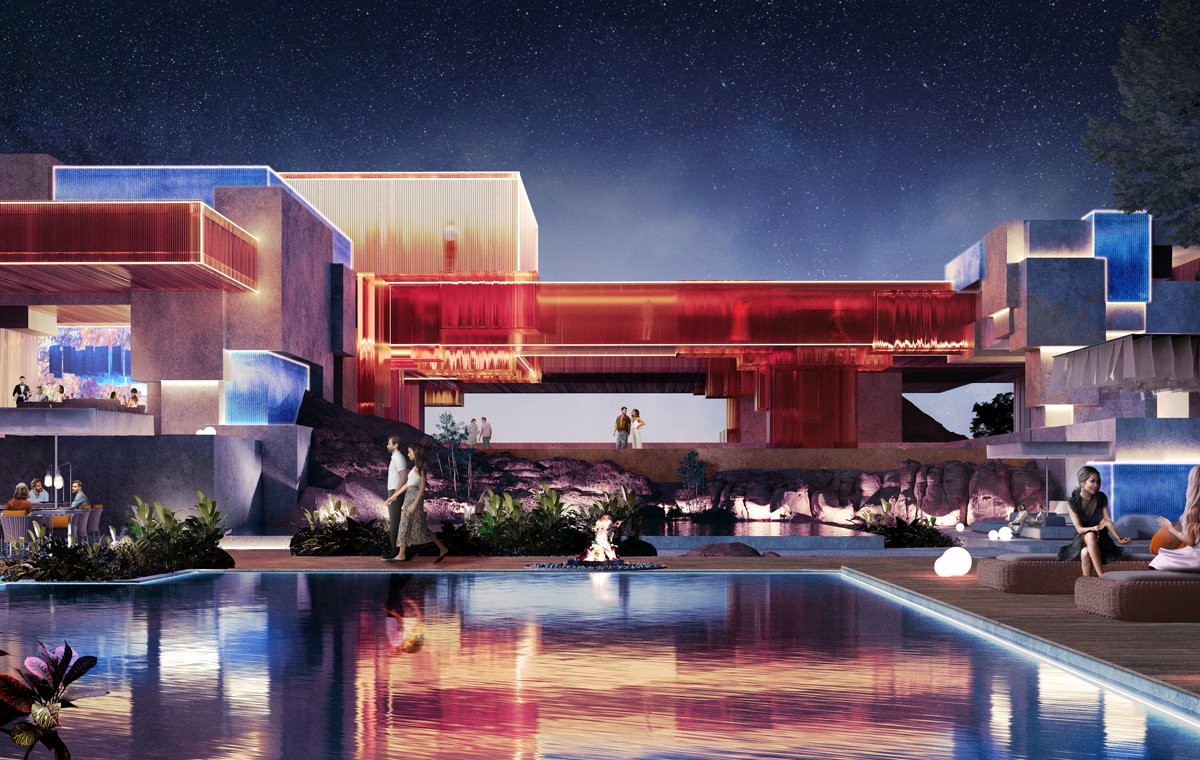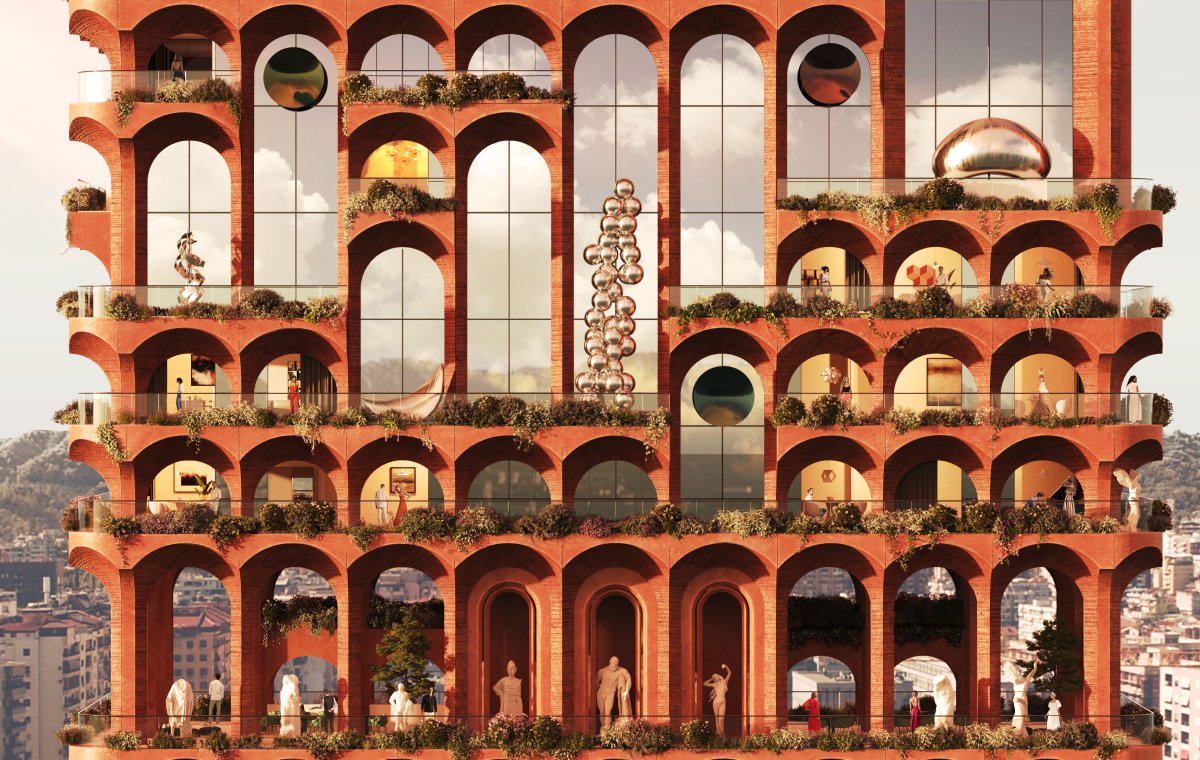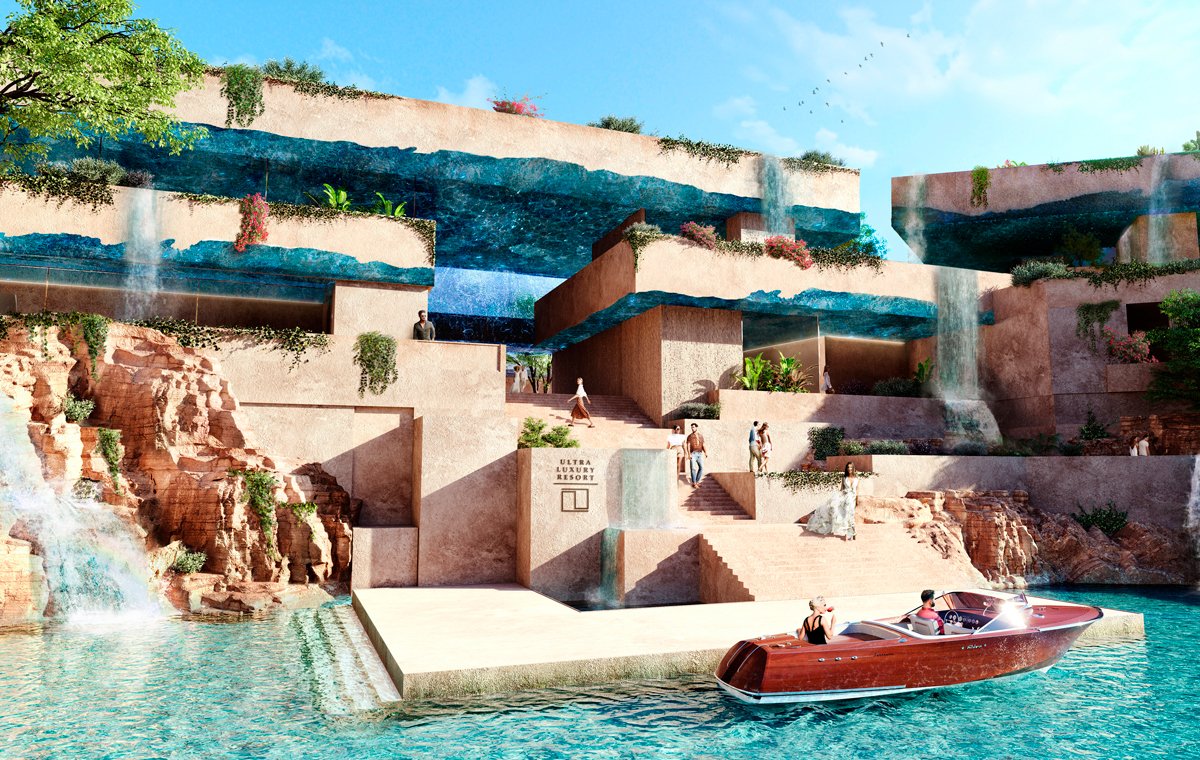To allow you to browse this website, it uses technical cookies installed on your device. In addition we may use profiling cookies (even from third parties) to enable simple interactions with the website and to send you advertisement in line with your preferences. By clicking on the X you will close this banner and accept the use of just technical cookies. You can change your preferences at any time. For further information, visit our Cookie Policy and our Privacy Policy.
- Category
- Architecture
- typology
- Leisure / Hospitality
- area
- Albania
- year
- 2024
- status
- Project
The design concept of Skalitur Tower is inspired by marble sculpture, particularly Michelangelo’s unfinished Prigioni. These sculptures, symbolizing expressive power, depict figures emerging from rough marble, embodying the idea of freeing beauty from formless matter. This metaphor of form breaking out of stone guides the project, turning architecture into a dynamic and poetic process of revelation.
Special attention is paid to the sinuosity of the knee of one of the figures in the Prisoners, a detail in which the tension between the human body and the marble is particularly evident. The delicate yet energetic curve of this anatomical element becomes the reference point for the profile of the tower, translating the plastic strength of Michelangelo's sculpture into a contemporary architectural form. The sinuous lines and the lightness of the design, despite the solidity of the material, reflect the dualism between the weight of the stone and the desire for movement, as if the building itself were slowly emerging from the ground, freeing itself from its material.
The two towers, united by a common base, thus seem to capture this tension: they are solid, rigorous volumes at the base, which gradually transform towards the top, becoming lighter and acquiring a sculptural dynamism. The formal choice is not only aesthetic, but also evocative: the towers embody the idea of a work of art that frees itself, the expression of a dialogue between nature, art and architecture. Just as in Prisons, where rough marble coexists with completed form, the tower suggests a sense of growth and liberation, a metamorphosis that recalls the urban and cultural evolution of Durres.
This architectural vision pays homage to the artistic and historical tradition, reinterpreting it in a modern key. The Skalitur Tower is not just a building, but a symbol of transformation and creativity, a meeting point between past and present. Its sinuous form and fluid lines become the visual testimony of an architecture that aspires to break free from conventional rigidity, evoking the same expressive force as Michelangelo's sculptures.




